BLOG
THE IMPORTANCE OF TIRE ROTATION
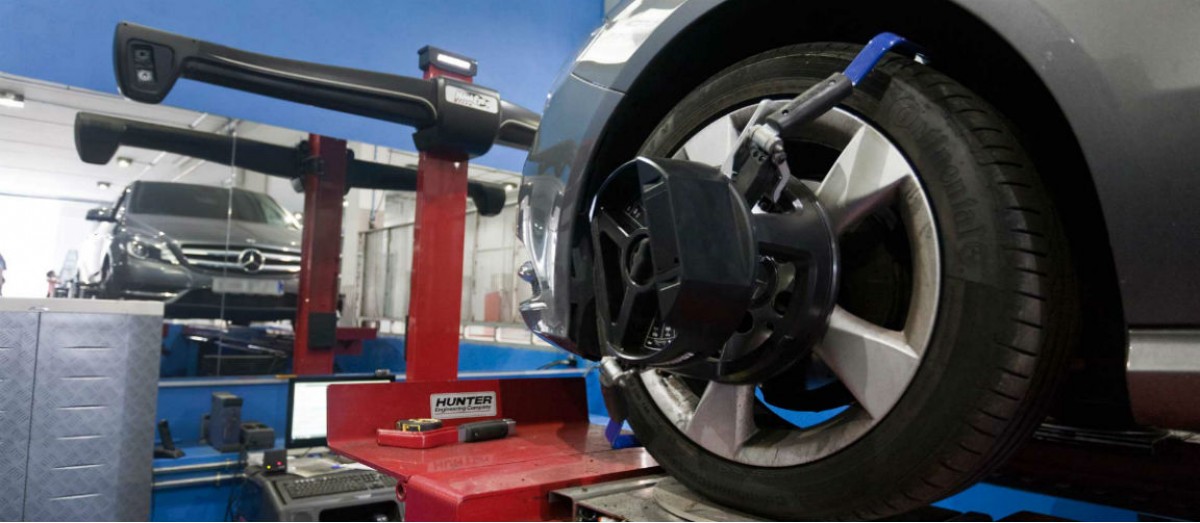
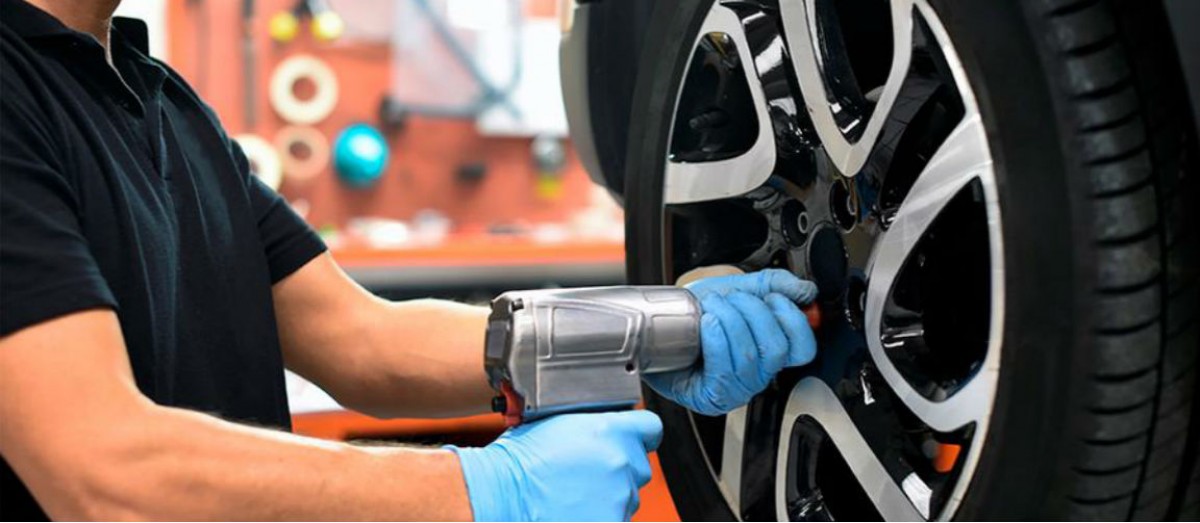
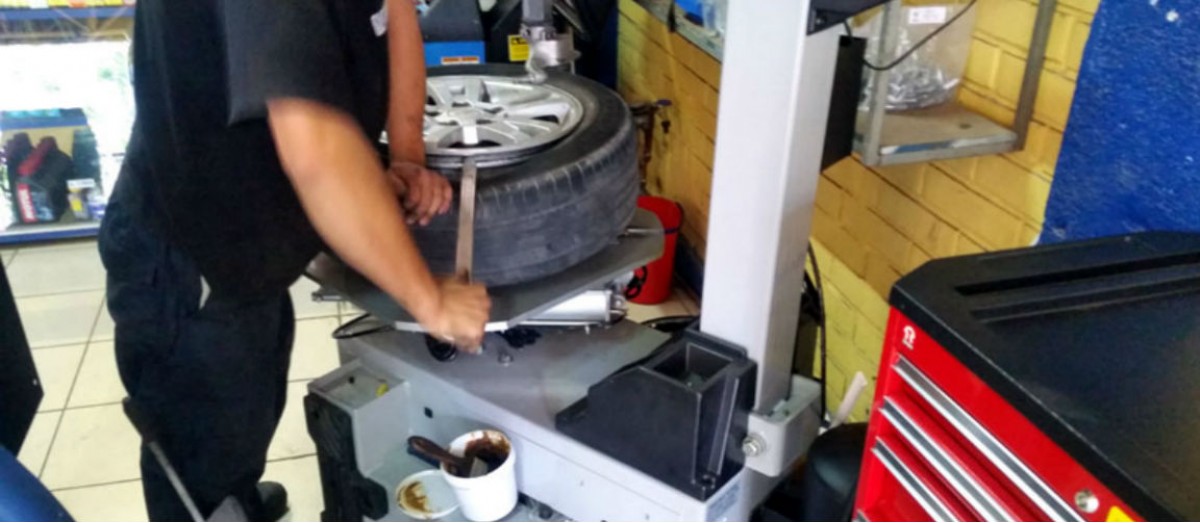
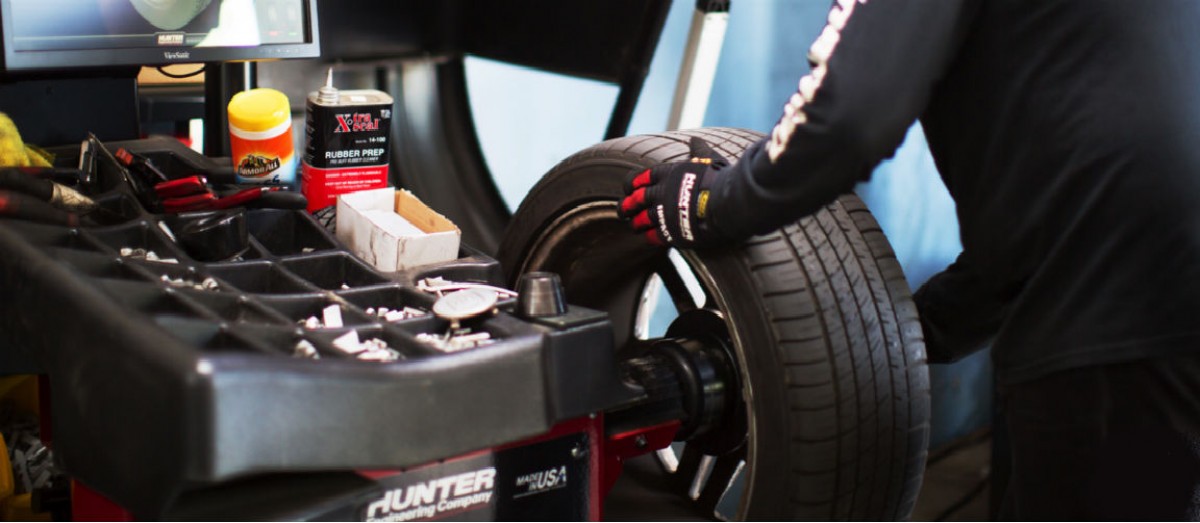
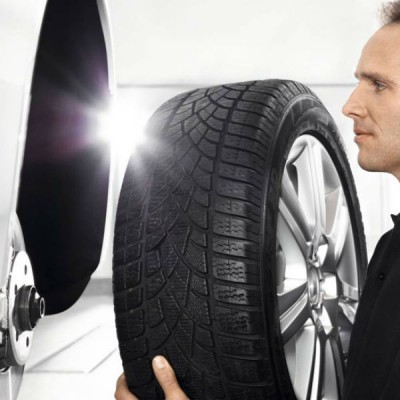
HOW TIRES ROTATION CAN INCREASE YOUR USEFUL LIFE
Why should I ROTATE my tires?
Tire rotation should be part of the regular tire maintenance routine to achieve uniform wear and to maximize tread life. Rotating the tires equals wear values from front to back and from side to side while enhancing wear quality making it uniform and even. This improves the life of each tire saving money and headaches.
Should I ROTATE all four tires?
The tires in each wheel position accomplish different tasks and thus different rates of wear. For example, a front-wheel drive vehicle will wear the tires differently than a rear-wheel drive or an all-wheel drive vehicle. It is certainly an advantage when all four tires wear together as a result of regular tire maintenance rotation. The wear of a tire reduces the depth of its drawing, and for that reason, it changes the capacity of braking, evacuation of water, and control in curves. Wearing all four tires evenly, the behavior of the vehicle is more predictable since the adhesion to the ground is balanced on all four tires. This is especially noticeable when cornering when, after uneven wear, it is perceived that the vehicle tends to tip over the corners, or tail, that skidding typical of rally runners.
It is important to note that tire rotation cannot correct wear problems due to worn parts or incorrect tire inflation pressures.
Don't forget the spare tire!
Spare tires of the same size (non-temporary spare parts), of the same size and construction as the ground contact tires, must be included in the tire rotation. And you should always control and adjust the inflation pressure of the same size replacement when incorporating it into the rotation. The ideal is to rotate the 5 tires of the vehicle. In this way, the use of all of them is even, taking advantage of the life of each tire. Remember that a tire has a useful life of 5 years.
What ROTATION model do I follow?
Follow the vehicle manufacturer's recommendation for the model and the rotation interval. Unless otherwise specified by the vehicle manufacturer, rotate your tires every 6,000 to 8,000 miles (10,000-12,000 kilometers) or sooner if uneven tread wear is verified. If there were eventually uneven tread wear, rotation would not be enough. It is necessary to carry out a check of the alignment of all the tires of the vehicle and to verify if that wear occurred due to lack of alignment or some other mechanical problem that should be repaired.
Remember to adjust the tire inflation pressures according to the vehicle manufacturer's recommendation for the new wheel position (the specified front and rear tire pressures of the position may be different).
Important: Do not reverse the direction of rotation of the tire, especially if they are directional tires.
Why is my TPMS now on?
The rotation of your tires can affect the tire pressure monitoring system (TPMS). Consult the vehicle owner's manual and / or a qualified professional to make appropriate adjustments or recalibration of the system.
How about the rotation of my winter / snow tires?
As well as summer or all-season tires, winter tires must also be rotated to achieve the best performance and the longest service life. The rotation of the tire will help maintain wear on all four tires regardless of the various driving demands experienced in the driving positions. To achieve this, every time you take them out, you must write down on the case, the location in which they were previously placed. In this way, the following winter, you can decide the new location that corresponds to achieve the most even wear possible.
Please note that, like the directional tires, the direction of rotation of the studded tires must not be changed. The tires must be rotated forward / backward while maintaining the same direction of rotation. If uneven wear is detected, the tires can be disassembled and repositioned on another tire, upside down to allow them to be used on the other side of the vehicle, but always maintaining the direction of rotation.
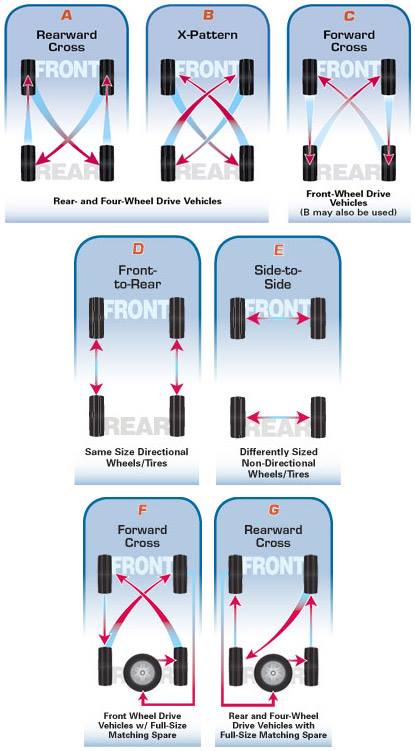

vs Oct 2021

Leave your comment